Following the overview of the Battlestar Galactica - Starship Battles game system, it’s time to take a look at the game mechanics, starting with the movement system. Andrea Angiolino, co-author of the game with Andrea Mainini, tells us how movement in space is simulated in Battlestar Galactica – Starship Battles.
Battlestar Galactica - Starship Battles simulates the furious dogfights and the huge fleet movements seen in the TV series. Our first releases concentrate on small ships from the Re-Imagined series, with the agile evolutions of Vipers and Raiders.
To do that, Andrea Mainini and I designed a purposely tailored movement system. We thought it was not right to just do a re-theme of the mechanics of our previous games, Wings of Glory and Sails of Glory; therefore, we designed new ones to recreate space navigation while keeping things easy to handle for the players.
Each starship has a deck of maneuver cards, hexagonal in shape like the playing cards actually used on board the Galactica. The set of cards varies from ship to ship: Viper Mk.II's are different from Raiders, Raptors, Mk.VIIs, and so on, so each one actually flies differently in the game.
At the start of each turn, players secretly choose one card for each starship - or sometimes two, as we will see. Each card shows up to four arrows, of different lengths: one for High speed (H), one for Medium speed (M), one for low speed (L) and sometimes even one for Reverse (R). On the control panel, the player must also choose the spaceship speed. When cards are simultaneously revealed, the arrow matching the chosen speed is placed in front of the starship (or at the rear, in case of a reverse) and then the model is moved at the end of the movement arrow.
To move faster, players also have several Overboost cards. A starship can plan two cards, if the first one is an Overboost. These cards act as an extension of the arrow from one side of the card to another. The starship will then move of the full length of the overboost plus the length of the chosen arrow on the second card. Overboosts are not available when going backward.
There is an additional speed option: S. This means that the starship stands still, and the planned card is ignored - it is just a decoy so other players will not spot the real intentions of the pilot.
Speed choice is free at the start, but then becomes limited from turn to turn. Each ship has an acceleration value limiting how much the speed can be changed from one turn to the next. The choice of maneuvers is also somewhat limited - each card has a G-value and the total from overboost and maneuvers of the same turn is limited to 4. In addition, some maneuvers are considered difficult - it is not possible to make two of them in a row.
All this allows for a realistic starship movement with an easy-to-learn system, but there is more. Complete rules allow starships to rotate while flying, traveling in one direction while pointing the ship - and firing - on another. This is why the miniature bases have a central dial that can be freely rotated. When a starship moves straight, the player can secretly plan a rotation by turning a dial on the control panel. When this happens, the model is rotated, but the base is not. In future game turns, the starship will have two options: moving forward through inertia at the same speed and in the same direction (while rotating at will); or planning a change direction card. The latter means the engines of the starship are engaged to push the craft in the direction it was pointing to: the ship will drift a bit in the previous direction, for a length dependent on the previous speed, then start moving in the direction the nose is pointing. Easier done than said, thanks to a specific device (the drift ruler).
All in all, we think we have achieved one of our main design goals: realistic space flight physics, allowing you to do the stunts you see in the series, simulated with a few, simple rules.In the next article, find out more about the combat system!

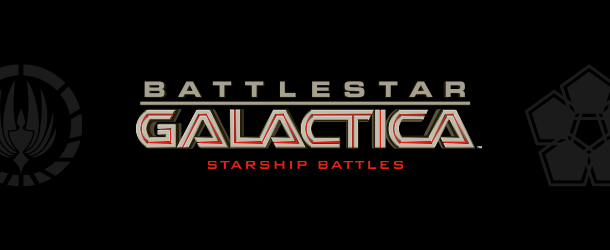

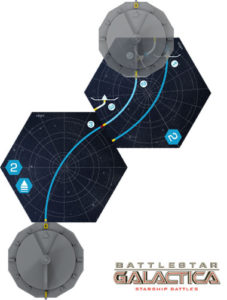
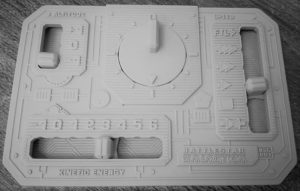

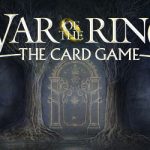


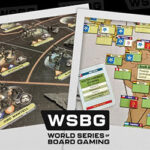
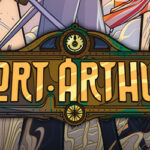


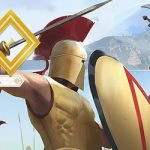
Follow Us on